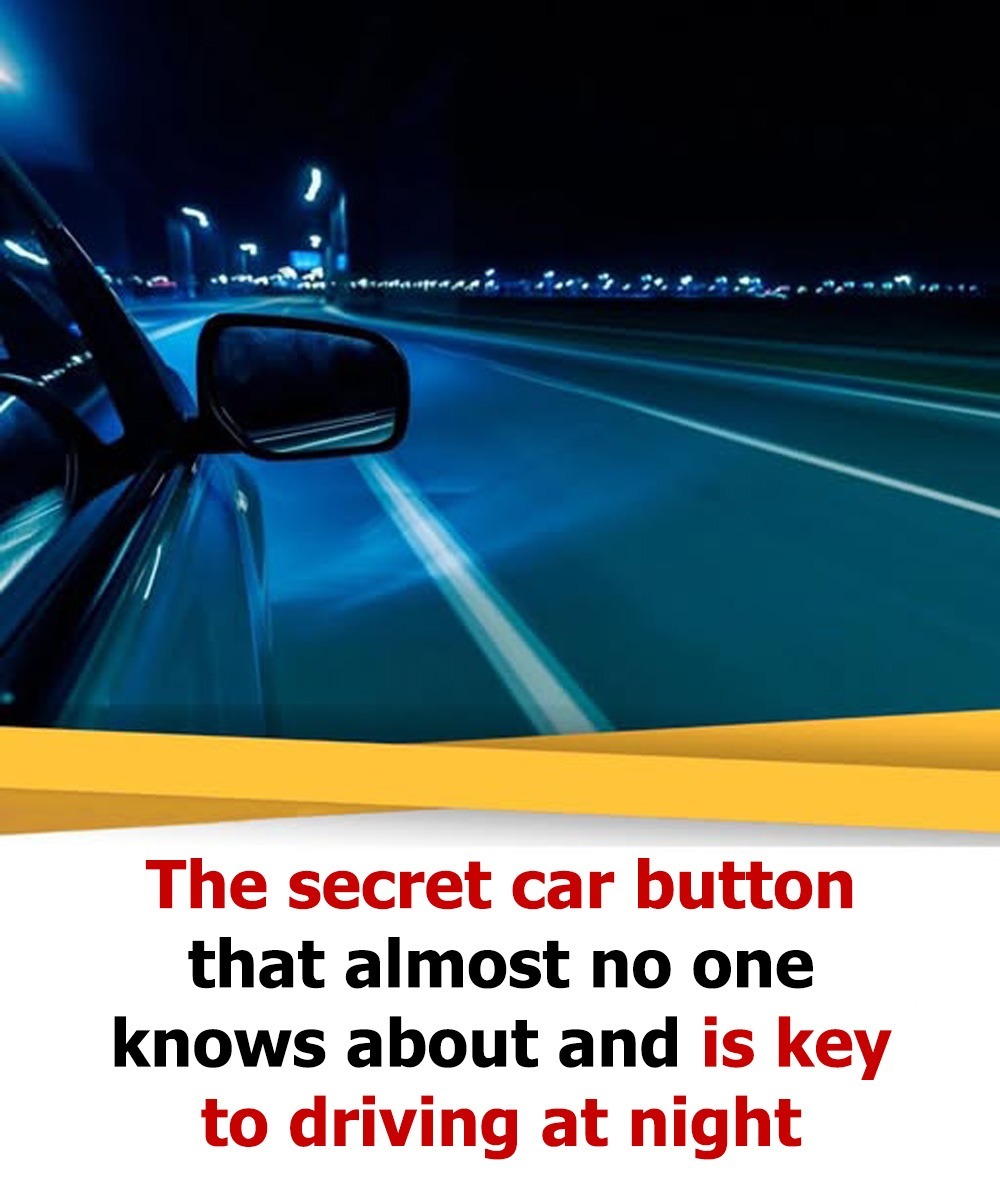The secret car button that almost no one knows about and is key to driving at night
This feature becomes even more valuable in situations involving heavy traffic or long highway stretches where headlights shine directly into the mirror for extended periods. When the glare is reduced, your body remains calmer because you are not repeatedly flinching or squinting. Less tension often leads to a steadier grip on the wheel and a more composed driving posture. Over time, this small habit supports safer reactions during sudden changes on the road. A relaxed driver is more likely to respond thoughtfully rather than abruptly, which can prevent skidding, swerving, or unnecessary braking.
The rearview mirror feature also reinforces good driving etiquette. Many people unknowingly contribute to glare by using high beams in close proximity or by modifying headlights beyond recommended brightness. While you cannot control how others use their lights, adjusting your mirror gives you a way to protect yourself without escalating frustration. It allows you to focus on the road ahead instead of fixating on the drivers behind you. This shift in attention improves emotional comfort and reduces the stress that often builds during nighttime travel.
To make the most of this benefit, drivers can pair the mirror feature with consistent habits that improve visibility. Clean interior and exterior glass prevents dust, smudges, and smears from scattering light. Properly aligned headlights illuminate the road ahead without shining into the eyes of oncoming traffic. Keeping the dashboard lighting at a gentle brightness reduces internal glare, which makes external lights easier to handle. Each of these habits works together to create a driving environment that supports clarity and reduces strain.
Ultimately, nighttime comfort and safety often come from making thoughtful use of features that are already available inside the vehicle. This simple mirror adjustment requires only a moment of attention, yet it offers a noticeable improvement in the driving experience. It does not require advanced mechanical knowledge or specialized equipment. It asks only that the driver pay attention to their surroundings and take advantage of tools that designers included for this exact purpose.
As you integrate this habit into regular driving, you may notice that long trips feel less tiring and short errands feel less stressful. When your eyes stay comfortable, your awareness sharpens and your concentration becomes steadier. Small choices like this accumulate into a safer and more confident journey. The road ahead becomes easier to navigate, regardless of how bright the lights appear in your mirror.

